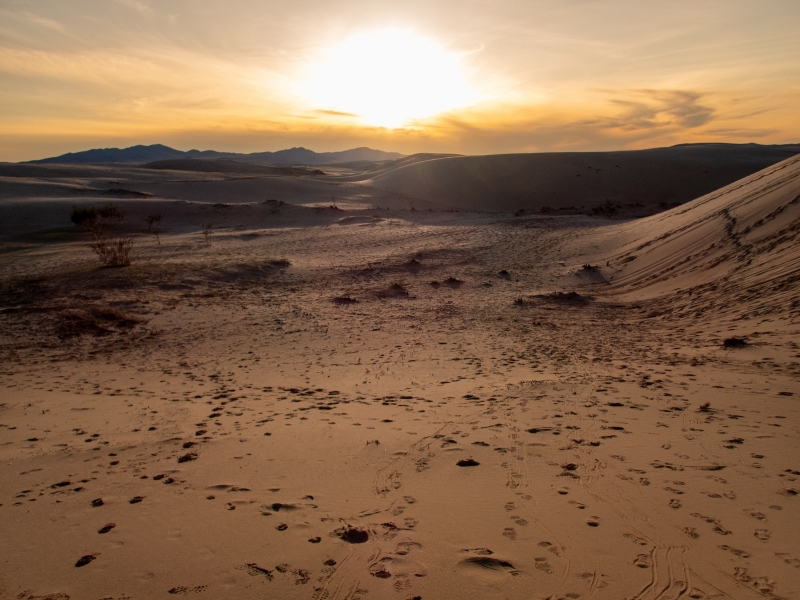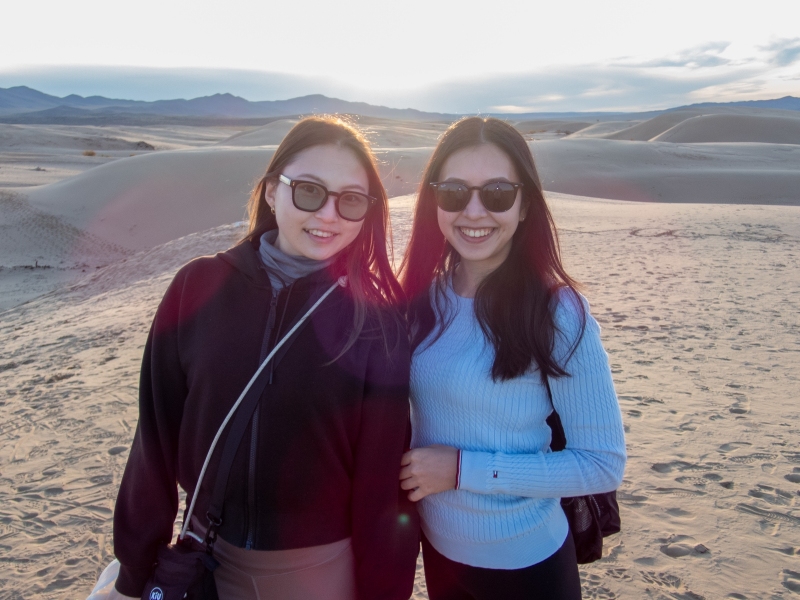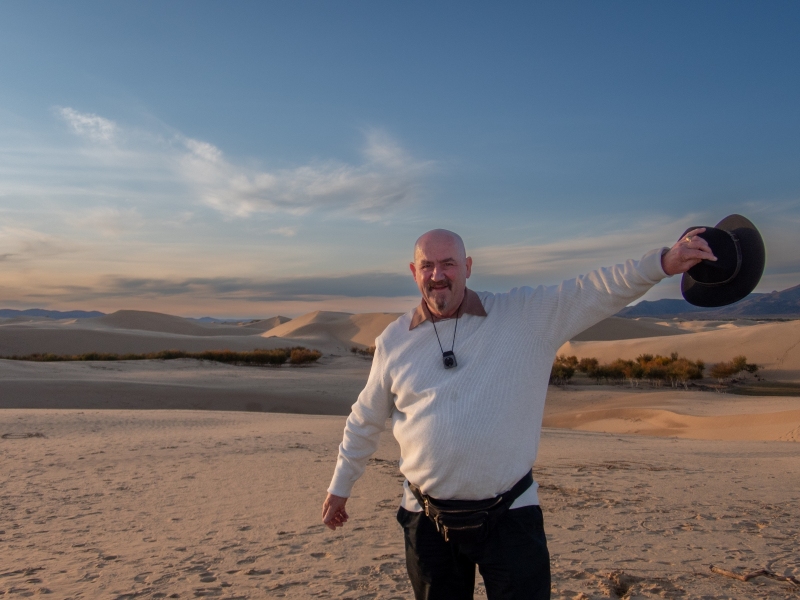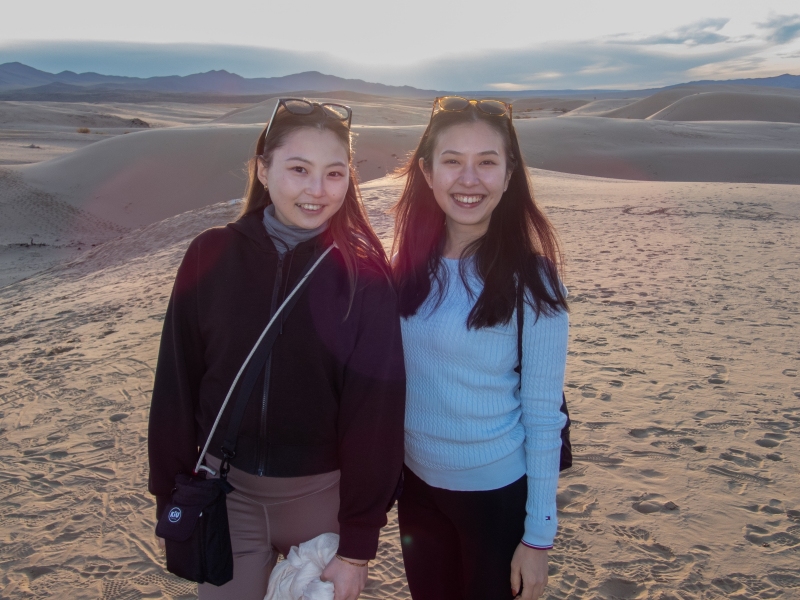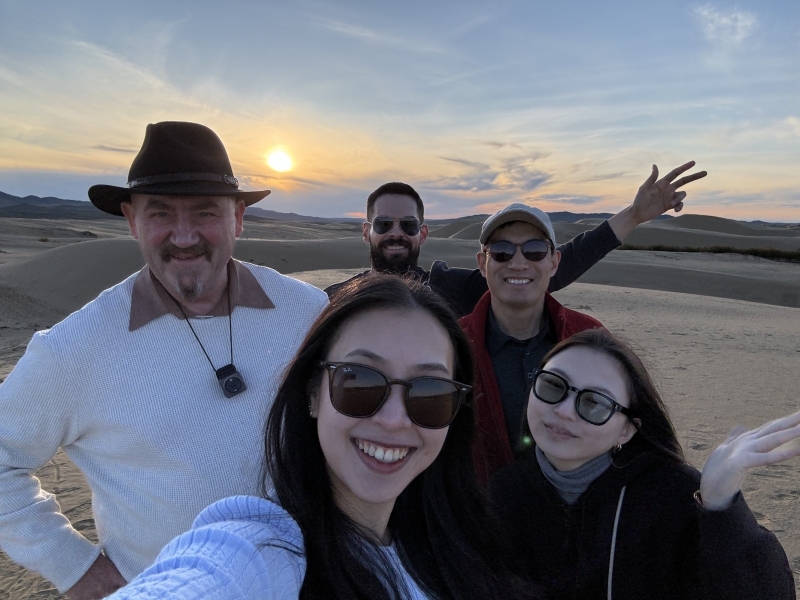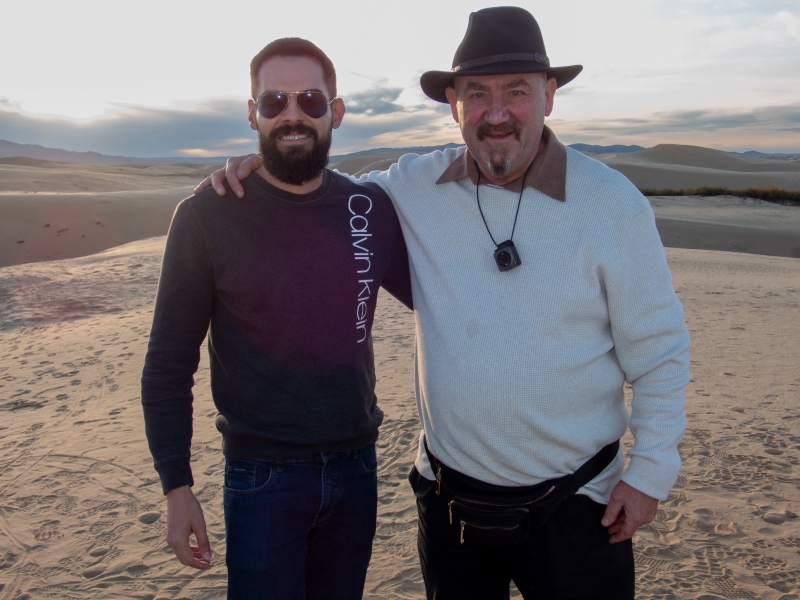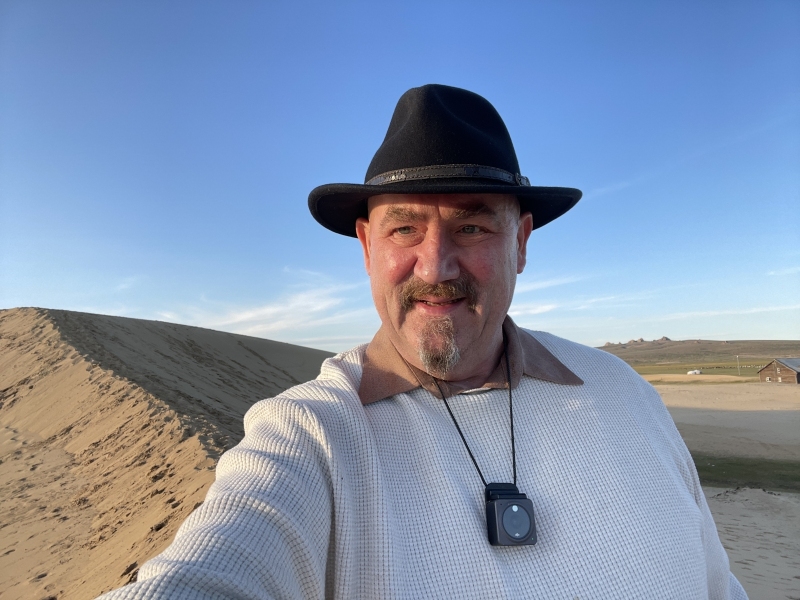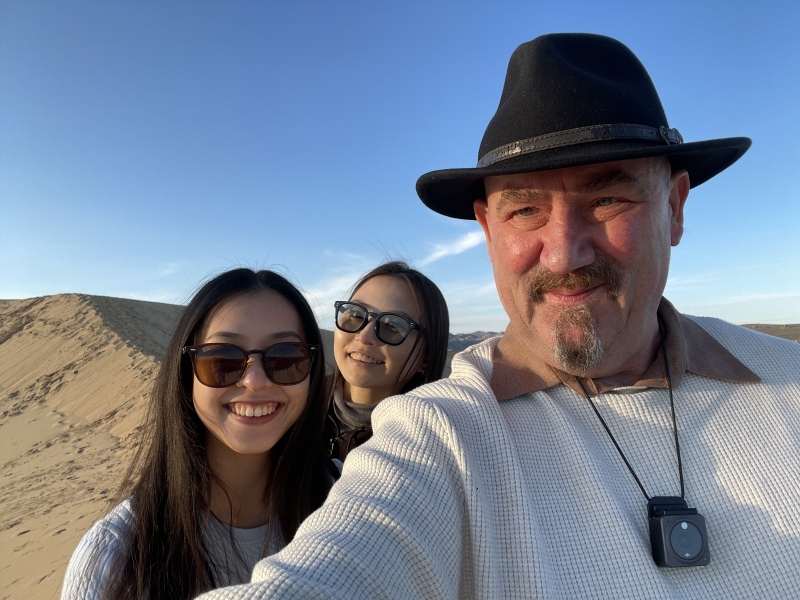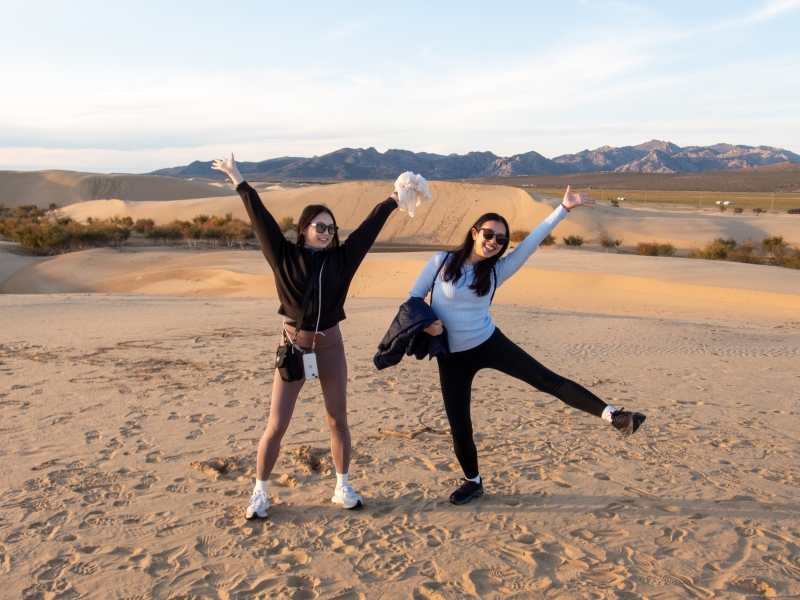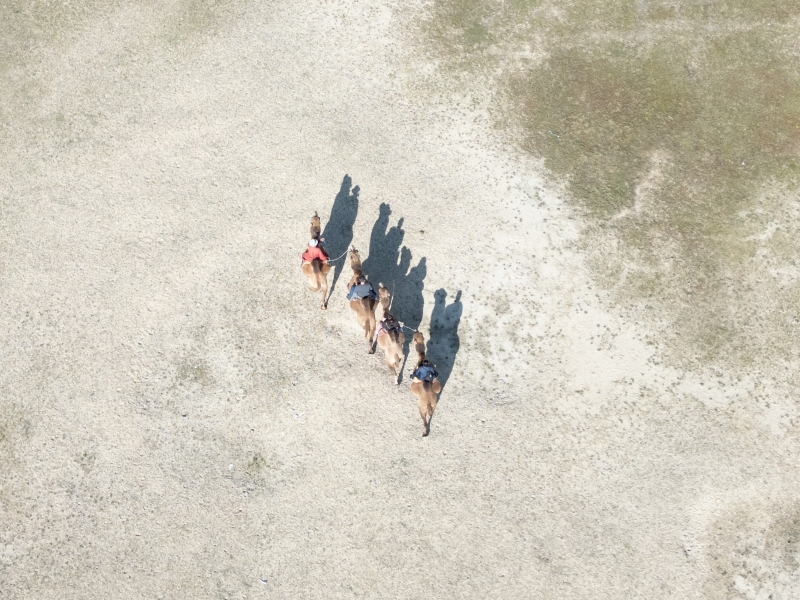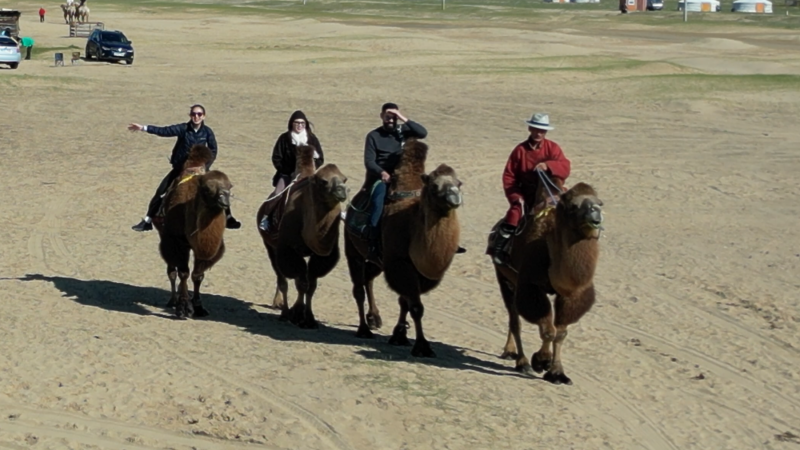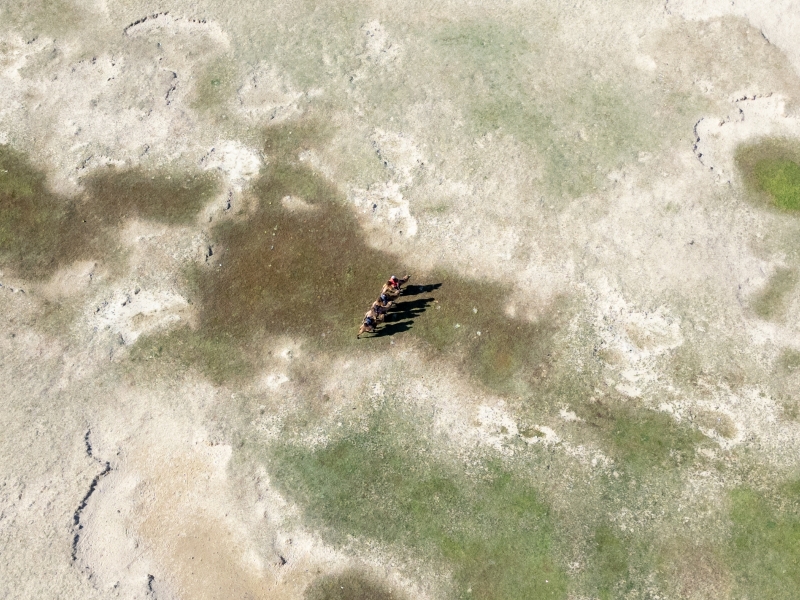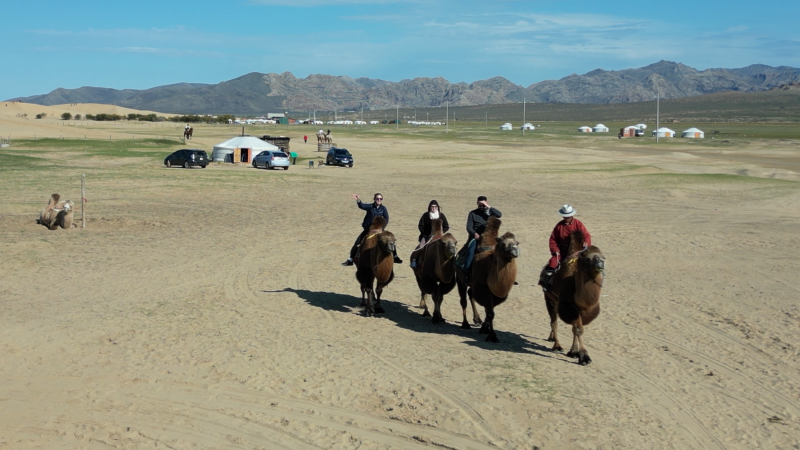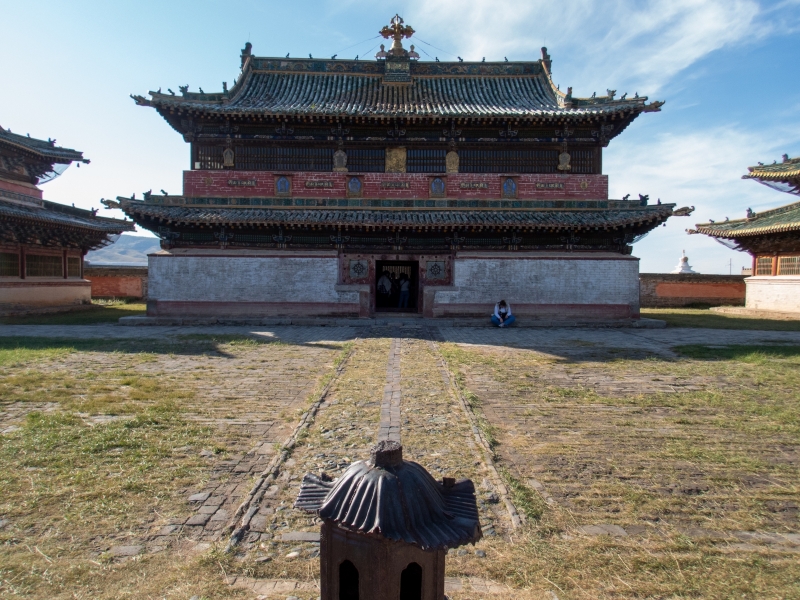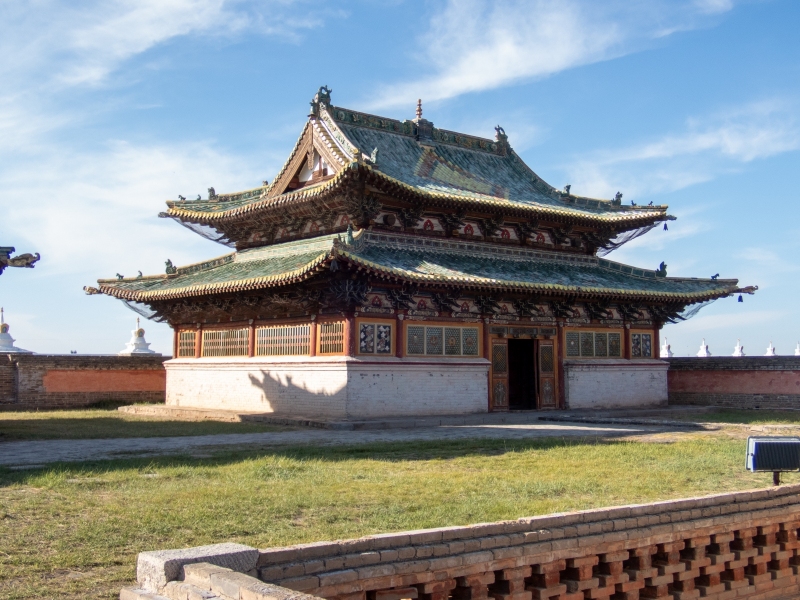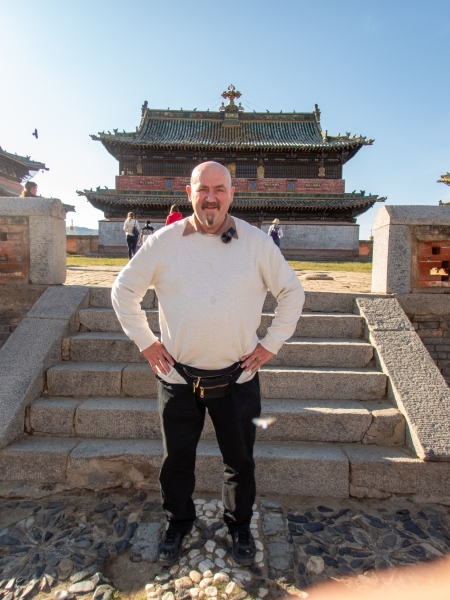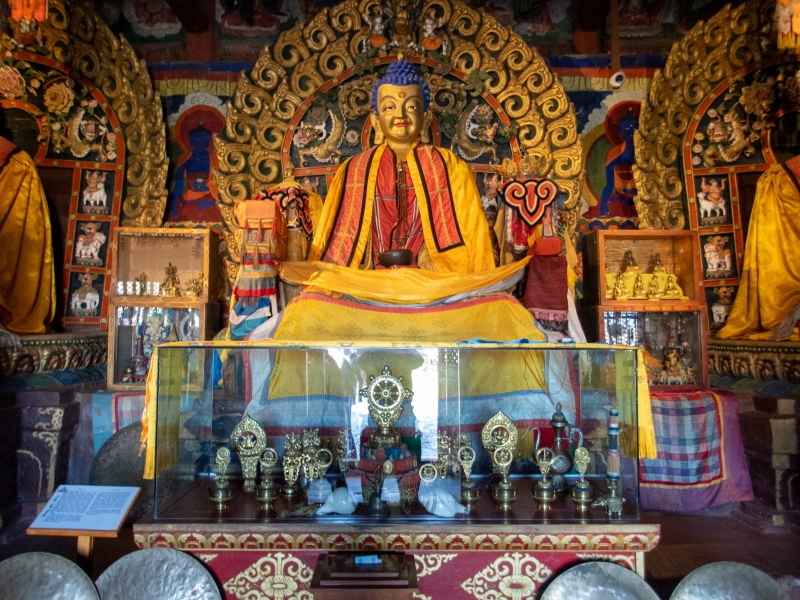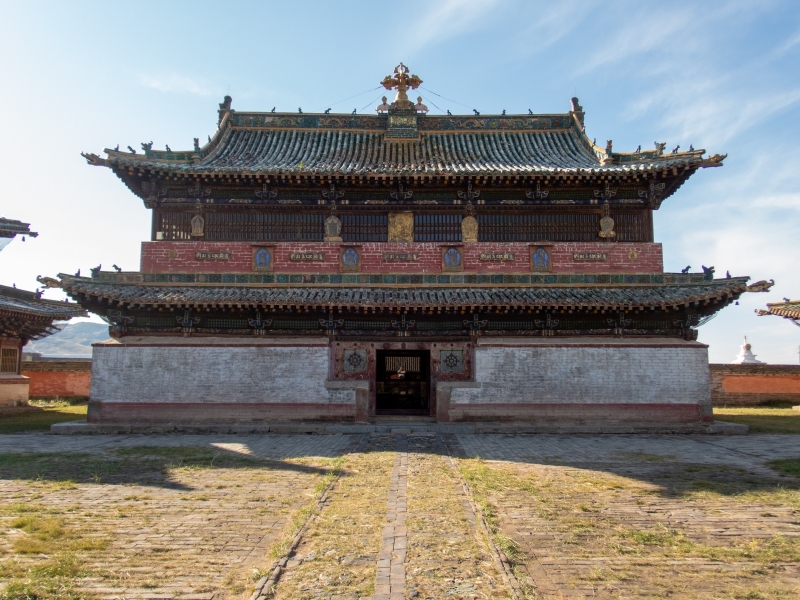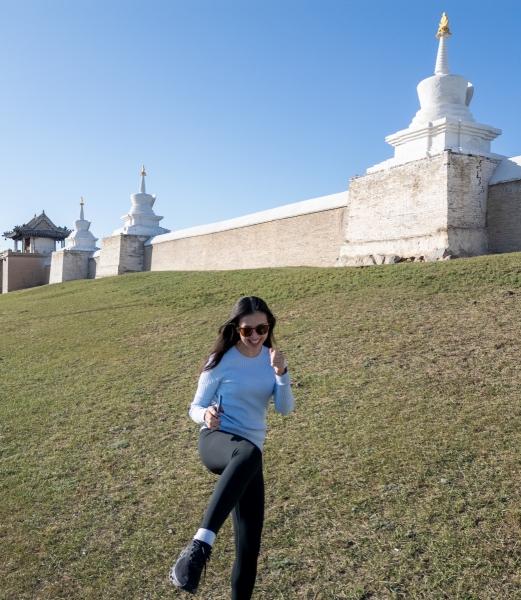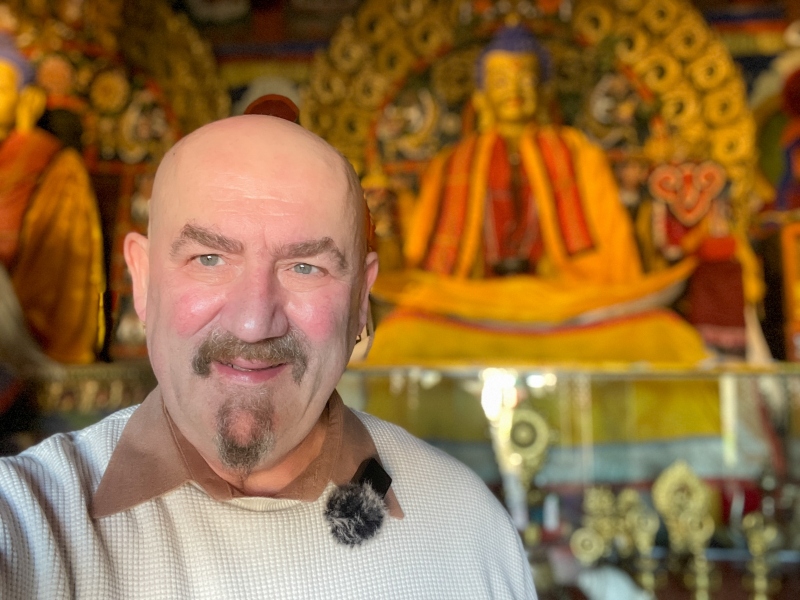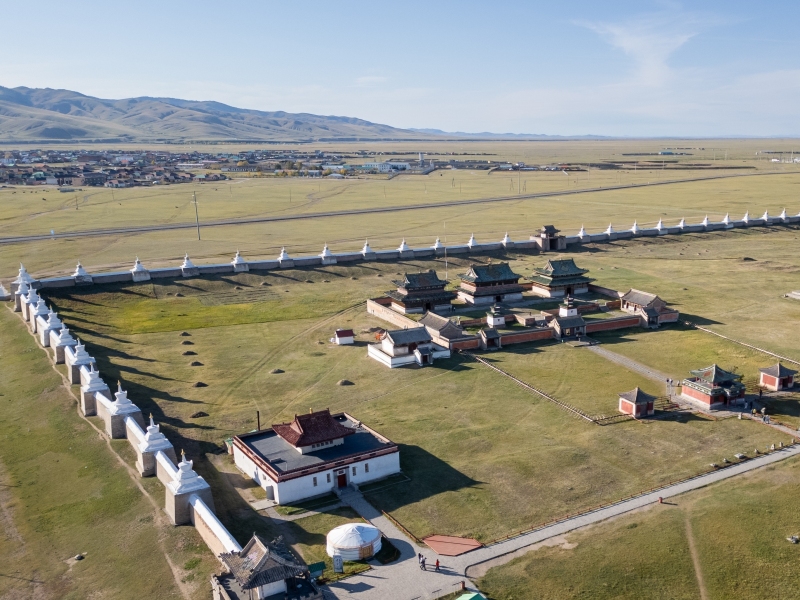Back on the road, heading East on my journey to better understand my adopted home, its people and traditions. Another 11 of the 77 provinces in this loop.
Bhutan Revisited Part One
Enjoying re-editing my memories of a trip to Bhutan, a wonderful place to visit.
Part 2 of the Trip to the Gobi Desert and the Night in the Gur
Part 1 of the Trip to the Gobi Desert and the Night in the Gur
Continuing the Tour of Thailand’s 77 Provinces – Surat Thani to Krabi
Finishing the southern loop and some spectacular scenery at Lake Ratchaprapa, followed by a close enciunter with a curious sea eagle.
Discovering Ghinggis Khan and Local Delicacies with the Nomads
The Journey to the Mongolian Steppe – From Bangkok to Ulaanbataar
Into the Semi Gobi Desert, Communal Living in a Gur (Nomadic Tent) and Camel Riding
It was a short ride, by Mongolian standards, to the next highlight of the trip…Dune walking at sunset. We were blessed with a beautiful late afternoon and made the most of it.
So as the day was drawing to a close we headed for dinner with the Nomadic Family. On the way I tentatively raised the subject of a cold beer, but out of politeness stepped backwards.
But the gang had other ideas so I was quite happy to go with the Group Decision.
Eventually we reached our destination which was a cluster of three Gurs. The main one was where the family lived and was decorated in a local style with paintings and carvings. There was also electricity and an internet connection. This is where we had dinner which consisted of steamed rice with some vegetables and (I think) cheese. The Gur was warm because these things are insulated with the finest cashmere in the world.



After dinner it was time to retire to our own Gur which did not have any electricity – only an LED lamp powered by solar cells and batteries. No running water, but a stove which used cow dung as its fuel.



As mentioned in a previous installment of this story, we were told very little about the Group and the accommodation. We were now approaching the moment upon which Carlos and I had briefly pondered during the day. Whenever I have booked an overnight train ticket, or a tour, the operator has made it clear that I may have to share accommodation with a stranger, and that the sexes may be mixed. Not so here, as we entered our communal lodgings.
In the event there was little or no embarrassment and there was more concern when Carlos reported back following his visit to the toilet. The toilet was, apparently, as expected with the hidden danger of an extra hole before the main hole.
In the Gur we could hear that the horses were restless in their enclosure and hoped that they would not make a racket all night. Any concerns about communal living were dispelled when Carlos reported that there were wolves in the area. That was probably what was agitating the horses. Anyway the noise abated.
We enjoyed a cold beer each, as conversation moved from social media platforms, to working from home and management styles in different parts of the world.

I did not have to visit the toilet and was able to clean my teeth and complete preparations for bed standing a few metres from the tent. No shower or change of clothes, sleeping in what I was wearing which was the same for all of us.
However, there was one ritual which could not be abandoned, even in extreme circumstances….that was makeup removal. Amid freezing temperatures, and the sound of wolves in the area, Tomo and Yuki were a great team as they helped each other remove their makeup. In extreme circumstances they maintained their dignity. Carlos held the torch and I took the photos. Teamwork.


An early start the next morning and a climb up the local rocks behind the Gur before breakfast.
Breakfast consisted of biscuits, white sliced bread, a sweet spread and milk tea.

After leaving the Nomads we made a quick detour to climb up to the ruins of a Buddhist Temple with some inspiring views.



And finally it was time to ride two humped camels in the semi Gobi Desert. Being committed to my creative project (and concerned about my antiquity), I volunteered to shoot the video, with some pleasing results.
And Then The Return to Ulaanbataar and Another Traffic Jam….But There is a Postscript to These Two Wonderful Days. Watch This Space
Into the Wilderness and Nomadic Life
I decided to take a trip to the Semi Gobi Desert which included a visit to the ancient capital of Kharkhorin and the Erden Zuu Monastery which houses the temple of the Dalai Lama. The Mongolian Dalai Lama that is. This was to be followed by dinner with a Nomadic family and a night sleeping in a Gur, the traditional Nomadic tent.
Information is often scant when arrangements are made, so I had no idea how many people would be on the tour, what the accommodation would be like, or the food, or most importantly the toilets. I know that toilets in these parts usually consist of a hole in the ground surrounded by wooden planks and sometimes with a bucket of water. However I also knew that water is scarce on the steppe. As it was only one night, preventative Imodium was my solution (and it worked !).

With no idea who I would be travelling with, I was met at my hotel and taken to the van where I met Carlos, the Brazilian fellow who I travelled with the day before. We were told that we had to wait a few minutes for two Japanese travellers who were running late. Japanese late ?
Carlos and I struck up a more meaningful conversation than the day before, and found many common interests and experiences. This was a good omen for a trip which would be quite short, but full of challenging experiences.
And then the girls arrived….Yes the girls. Tomo and Yuki are two charming Japanese women who have an excellent command of English, have lived and worked overseas, and are fully accustomed to international ways. Indeed Tomo lived in Bangkok for some years and studied at Ruamrudee International School. The Group “gelled” immediately which was important as we would be living in close proximity for around 36 hours.
Our route would take us out of Ulaanbataar in a westerly and southerly direction towards Kharkorin. This was a long drive but it was the Mongolia that I wanted to see.
The landscape did vary in its detail. If you took a zoom lens, certain features were reminiscent of Ilkley Moor, Dartmoor or Scotland. However, zoom out and the vastness is truly impressive.



Lunch was at the Mongolian equivalent of a motorway service station (but no gasoline, that is sold elsewhere). Clean toilets and mutton noodles. I was starting to learn that portions in Mongolia are huge.




Our road continued towards Kharkorin, and the wild and vast steppe started to give way to glimpses of snow capped mountains, which came as a surprise as I thought that the mountains were to the North. Semi desert in the foreground and snow capped peaks in the distance.


And on to Kharkorin. When we arrived at the museum car park I asked the guide about some ancient looking vans which reminded me of Cold War cartoons of Soviet vehicles. Sure enough these small vans (not sure of the name), which are ubiquitous, do date back to the Communist (read “Soviet” era). They were originally military vehicles, but hundreds survive and work in the tourism industry. The reason for their survival is that the design and engineering is so basic, that they can easily be repaired. Parts are simple and can be quickly manufactured. Reminded me of the story about the Americans spending millions on a ball point pen that would work in zero gravity outer space, and the Soviets used a pencil.



The Kharkorin Museum and excavation site was moderately interesting but covered a lot of the same ground as the Ghinghis Khan Museum the day before.


However, the Erdene Zuu Monastery was truly impressive. A restoration and not a reconstruction. Around 20 Tibetan Buddhist Monks live and work in the monastery. I was aware from my trip to Tibet that there was a Mongolian Dalai Lama, but as in Tibet, China has been interfering over the choice of re-incarnations.
Next Up…..Into the Semi Gobi Desert, Communal Living in a Gur (Nomadic Tent) and Camel Riding




Ghinggis Khan, Nomads and the Terrelj National Park
The day started with indifferent weather to say the least. Drizzle, cloudy and cold.
I was met by my driver, Dorj, who spoke very good English and was full of energy and information. I joined a small group as a personalized minder / fixer is prohibitively expensive. And in a small group you can meet interesting people.
In the group was a retired Indian / US couple and the husband studied at LSE at the same time as I was at King’s College. After university they moved to the USA where he built a career on Wall Street and subsequently in journalism. There was a petrochemical engineer from Brazil, Carlos, and two German ladies.
Our route took us firstly to the Ghinggis Khan Museum. This boasts the largest equestrian statue in the world, Standing at 40m in height, the stainless steel statue sits on top of a very well presented museum which glorifies the exploits of the Mongol Empire. Their achievements were truly impressive and Mongolian history has been re-written since the collapse of communism. During the communist period National Pride was off limits. The pendulum has swung the other way, that’s for sure.








After the Museum, it was time to go off road and meet the Nomads. The fellow who we met was once the All Mongolia Horse Riding Champion, something about the 32 km class. We were welcomed with goat’s cream, bread, yak milk cheese, vodka made from distilled fermented horse milk, goat milk and snuff. A very friendly welcome and the delicacies were interesting and quite enjoyable. The snuff was a bit like the balms that one sees in Thailand – menthol and Tiger Balm. The vodka was smooth and not very strong.





After an indifferent lunch which was badly delayed (4 vegetarians in the group of 6 with a menu consisting exclusively of meat dishes, which was a bit of a stuff up), we headed to the Terrelj National Park which afforded some spectacular views.




The return journey to Ulanbataar was not too bad as the traffic in the city was only moderate to bad, which by local standards is excellent.

